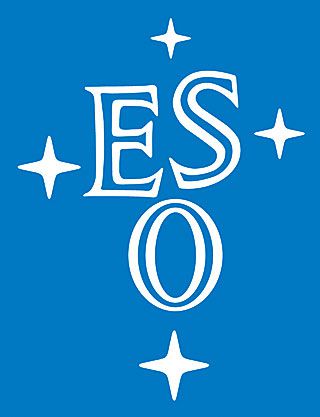-
 Fenugreek
Fenugreek
-
 Acetyl-coenzyme A
Acetyl-coenzyme A
-
 Nucleon
Nucleon
-
 Colorectal
Colorectal
-
 Microdiorite
Microdiorite
-
 Scanning electron lithography
Scanning electron lithography
-
 Extracellular matrix
Extracellular matrix
-
 Gas laser
Gas laser
-
 Thermolysis
Thermolysis
-
 Miscible
Miscible
-
 Ultrabasic
Ultrabasic
-
 Temperature method
Temperature method
-
 SATA
SATA
-
 ISO 14.001
ISO 14.001
-
 Urogenital system
Urogenital system
-
 Excision
Excision
-
 Orotic acid
Orotic acid
-
 PDA
PDA
-
 Maritime pine
Maritime pine
-
 Hardware
Hardware
-
 Duchenne myopathy
Duchenne myopathy
-
 Amalgam
Amalgam
-
 OFDM
OFDM
-
 Enteritis
Enteritis
-
 Fissure
Fissure
-
 Apparent coordinates
Apparent coordinates
-
 Skeletal muscle
Skeletal muscle
-
 Cubic system
Cubic system
-
 Lesser kestrel
Lesser kestrel
-
 Genetic polymorphism
Genetic polymorphism
ESO
The ESO (European Southern Observatory: ) was created by Europe in 1962 to set up an astronomical observatory in the southern hemisphere equipped with powerful instruments (telescopes such as the VLT, ALMA etc.), with the aim of improving astronomical collaboration and organisation. The ESO is the first intergovernmental astronomy organisation in Europe.
The ESO is supported by 15 countries: Germany, Austria, Belgium, Brazil, Denmark, Spain, Finland, France, Italy, the Netherlands, Portugal, the Czech Republic, the United Kingdom, Sweden and Switzerland.
The ESO carries out programmes for the design, construction and management of powerful equipment for ground-based astronomy allowing astronomers to make important scientific discoveries. The ESO also plays an important role in promoting and organising cooperation in the field of astronomical research.
The ESO sites
The ESO manages three unique international class observation sites in Chile: La Silla, Paranal and Chajnantor.
In Paranal, the ESO uses the VLT or Very Large Telescope, the most advanced astronomical observatory in the visible spectrum in the world and two telescopes dedicated to large scale surveys. VISTA observes in the infrared. It is the biggest telescope for large surveys. And the VLT Survey Telescope is the biggest telescope designed exclusively to survey the sky in the visible region of the spectrum. The ESO is the European partner of ALMA, a revolutionary astronomical telescope. ALMA is the largest current astronomy project.
Giant telescope
The ESO is currently scheduling the production of a giant European telescope (E-ELT for European Extremely Large Telescope) in the 40 metre class which will observe in the visible and the near infrared. The E-ELT will be the biggest "eye on the sky" in the world.
 The ESO logo. © ESO
The ESO logo. © ESO
Latest
Fill out my online form.



